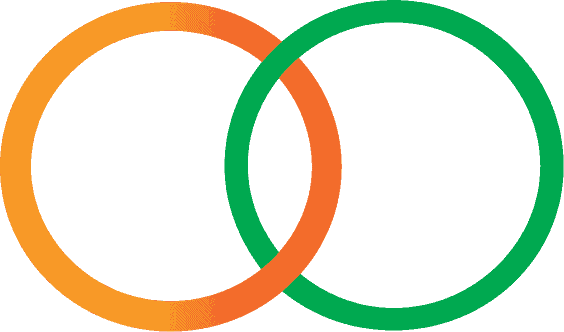Open Streets
Here’s some pretty cool trivia: California’s first open streets event — Car-Free Sundays in Golden Gate Park in San Francisco — took place in 1967, nine years before Bogota, Colombia, introduced the weekly closure of streets to cars for the enjoyment of the bicycling and walking public, dubbed “ciclovias,” that is credited with inspiring many similar events throughout the U.S.
Today, San Francisco hosts Sunday Streets, a series of monthly neighborhood events around the city. Albany, Long Beach, Los Angeles, Oakland, Redding and San Mateo have all held similar events. Not surprisingly, California holds more open streets events than any other state.
Open streets events provide a way to transform public streets into nonmotorized places instantly and at low cost, said Randy Neufeld, director of the SRAM Cycling Fund. They’re also completely scalable.
“You can try it once or once a week, you can do one mile or a hundred miles,” said Neufeld. “You can rotate different neighborhoods, times of the week, day or night, and link different parts of the city or link suburbs. If it works you can grow it and do it again. If it doesn’t work, nothing is lost.”
Giving the public a new way to experience their public streets is a game-changer. The semi-annual open streets event in Los Angeles called CicLAvia brings people out who are not self-identified as bicyclists, said Joe Linton, the Los Angeles activist who helped organize the first CicLAvia. “They see how fun and easy it is [to ride a bike in LA] and that changes perceptions.”
Los Angeles held its first CicLAvia in 2010 and will hold its fifth one in October. The route through downtown Los Angeles has grown to 10 miles and attracts more than 100,000 participants from throughout the region and beyond.
“Politicians and especially downtown Los Angeles business leaders have historically been very car-centric, and now there’s a much greater sense that downtown LA should be more bike-friendly. Business leaders would still rather have more parking, but they now see bikes as part of the economic development strategy downtown.”
In recent years downtown Los Angeles has seen something of a bicycling renaissance. Between the mid-1990s and 2010, Los Angeles installed 4.9 miles of bike lanes. Since 2010, the city has installed more than 50 miles of bikeways, including a growing bike route network and the recent installation of green bike lanes and even a cycle track.
The city no longer sees bicycling as just a ride along the beach on weekends, said Linton, but also as a transportation option.
A similar transformation is happening at the other end of the state. In April Redding hosted its second annual open streets event along a two-mile route that attracted several thousand participants.
As a handful of local bike advocates and public officials continue to discuss how to provide better bicycling and pedestrian facilities for the city, a silent majority of residents are waiting for the chance to ride and walk more often, said Anne Thomas, co-coordinator of the nonprofit Shasta Living Streets, which puts on the event. “Our open streets program is the way to experience the vision. It gives people something to rally around.
“The way we’re doing it is to build the brand, to help people understand what we’re talking about,” she said. “What we’re branding is bicycling and walking as everyday transportation in our neighborhoods. For us, right now, it’s about families and active living.”
Before our program, said Thomas, anyone who biked in Redding was seen as either homeless or an athlete. “Through our program, we’re able to say, ‘See, that person is your neighbor, your doctor, your niece or nephew.'”
“This kind of event gets families to want to live here, and that gets more businesses to move here and invest in our community,” said Thomas. She said city officials are increasingly aware of the economic advantages enjoyed by communities perceived to be more livable.
Learn more about how to plan and organize an open streets program.


